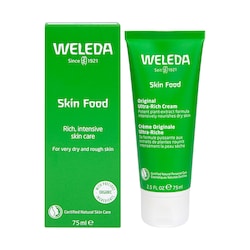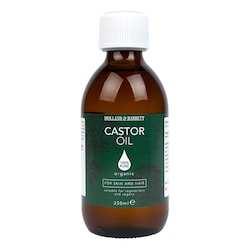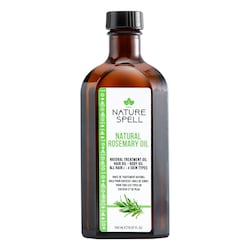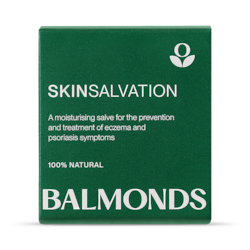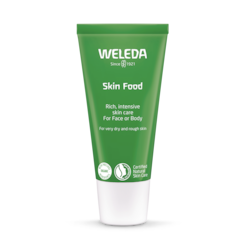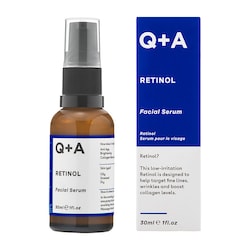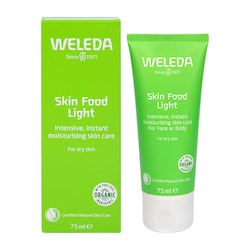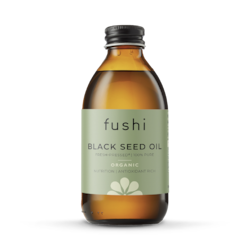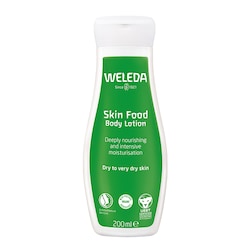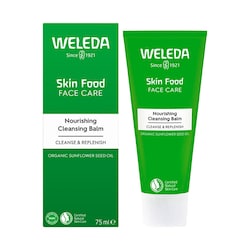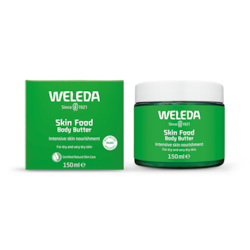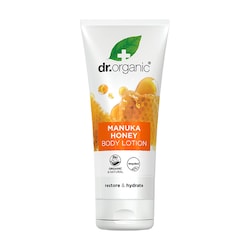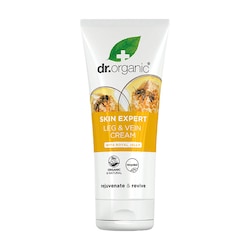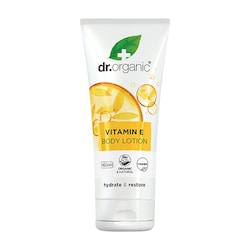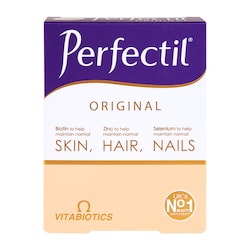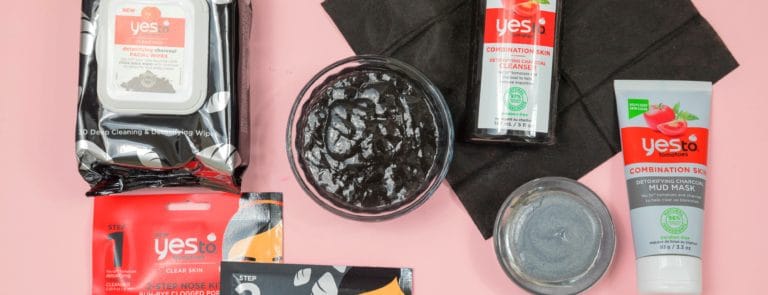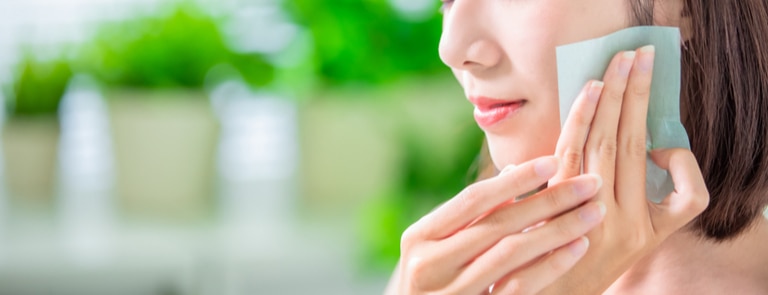15% off £30 OR 20% off £40
What is hyaluronic acid?
.png)
Tricky to spell, or even say - hyaluronic acid is an acid that you put on your face… stay with us. Here’s the thing, hyaluronic acid, HA for short, is held in high esteem throughout the skincare profession. Why? Because it’s capable of doing some amazingly transformational things.
Having developed a good reputation as a powerful hydrating ingredient, emerging scientific evidence seems to back it up. Science has long known that hyaluronic acid in the skin helps maintain a youthful appearance.1 But it’s only recently been discovered that applying it may improve skin appearance.2
Dry skin is a concern for many of us who live in Northern climates, especially during the cold winter months. Maybe all we need is to include hyaluronic acid in our beauty routine…
In this article, we’ll investigate the truth behind the hype. We’ll look at what hyaluronic acid is, explore whether it’s an effective beauty treatment, and explain how to use it.
What is hyaluronic acid?
What is hyaluronic acid exactly? Is it really an acid or something else that just so happens to be called an acid?
The answer is the latter. Hyaluronic acid is actually a type of sugar naturally present in our skin that’s responsible for keeping our skin plump and hydrated. It also helps prevent the valuable moisture from escaping from our skin too.
Even though we are pro-ageing, we all know that moisture can help slow down the signs of skin ageing, many of which are reportedly caused by our skin drying out.3
Believe it or not, one gram of HA can retain up to six litres of water and it can regulate the moisture within skin cells so that they don’t get flooded out.
It really is one smart skincare cookie.4
So now you’re probably thinking, is HA sugar in a bottle, tube or jar? Is that what the fuss is all about? We hear you, keep reading…
What is in hyaluronic acid?
HA is a carbohydrate molecule that, as we mentioned above, is naturally present in our skin. It’s essential in helping the skin retain a youthful appearance. The molecule can hold over 1,000 times its weight in water.5 So it’s no wonder that hyaluronic acid has gained so much respect as an excellent way to improve hydration.
We know that some people are turned off by the word acid. However, while technically classed as a sugar, hyaluronic acid is a gentle acid, with a pH between 5.0 and 8.0, which complements the skin's natural pH which hovers between 4.5 and 6.2.
There are two different routes to creating synthetic HA, the plant route and the animal route:6
- Plant-based hyaluronic acid
Plant-based hyaluronic acid is extracted from microbial fermentation, which essentially involves fermenting HA-containing bacteria.
- Animal-based hyaluronic acid
This type involves extracting the HA from roosters’ combs (the red flesh on the top of their head).
Animals naturally produce HA too and a rooster’s comb is said to be packed full of it.
What is hyaluronic acid for?
Also known as hyaluronan, hyaluronic acid is a clear substance produced naturally by our bodies that is largely found in our skin, connective tissue and eyes.
Unfortunately, as we get older, levels tend to reduce which can lead to loss of colour and elasticity alongside fine lines and wrinkles, especially on our face, neck and hands. And that’s what hyaluronic acid as a beauty product can be used to help with.
Guide to hyaluronic acid
What are the benefits of using it?
Unfortunately, just our skin tends to produce less collagen as we get older (1% less as each year goes by), it also produces less HA too.5,6
The average human body reportedly contains around 15g of HA, one third of which diminishes on a daily basis.7
But when used in skincare products, synthetic HA is capable of keeping skin moisturized throughout the day, which is one of its biggest benefits.8
And, over time, this can help make skin feel softer, plumper and generally more radiant (what’s not to love about that, hey?!)
Ready for some other hyaluronic acid benefits? Here they are:
7 hyaluronic acid benefits
-
Everybody can use it
Yep, that’s right. It works for all skin types.
However, if you are planning on using it for the first time, we’d always recommend you do a patch test first.9
-
It helps combat the negative effects of free radicals
It actually happens to have antioxidant properties too, which are particularly effective at protecting against pollution and other skin nasties.10
-
It’s a fast worker
When applied to the skin HA doesn’t take long to sink in.
This means that you may feel an instant difference. You’re also less likely to waste other skincare products which form part of your routine.
-
Hyaluronic acid attracts moisture
Hyaluronic acid may help replace and hold water in your cells, resulting in fresher-looking, more moisturised and rounder skin.11
-
It can reduce the appearance of wrinkles
In addition, dehydrated skin is one of the main culprits for wrinkles and fine lines.
By using hyaluronic acid, your skin may benefit from an anti-ageing affect and moisture lift with minimised signs of ageing wrinkles.12
-
May improve elasticity
HA has a reputation for keeping your skin feeling and looking smooth, firm and healthy.
This works because the natural hyaluronic acid in your body helps support fibroblast cells, which are responsible for the skin’s elasticity.13
-
It’s versatile
One major benefit of hyaluronic acid is that it won’t interfere with other products in your skincare routine.
In fact, you can apply it at any stage of your skincare routine without any concerns.
How do you use HA?
Ideally, you want to apply a hyaluronic acid serum to your skin morning and night.
And it needs to be applied to clean, damp skin and then followed up with a moisturiser or face oil that will lock the moisture in.
Never put HA on top of a sunscreen or moisturiser because it’s simply not going to work. It’ll just sit on top of your sunscreen and/or moisturiser and not on the top layer of your skin.
Come bedtime, it’s also best to apply a layer of face oil on top of your HA and moisturiser to maximise hydration.
Also, don’t fall into the trap of just using hyaluronic acid serum and thinking that’s enough. HA works best when paired with a moisturising cream, which will lock it into your skin and prevent it from evaporating.19
Side effects of hyaluronic acid
Generally speaking, there are no reported major concerns when it comes to hyaluronic acid.
However, like anything new you would introduce to your skincare routine – you should try a patch test first.
If you are somebody who has concerns over their skin you may want to speak to a health professional in the first instance.
The final say
Hyaluronic acid is a substance naturally found in the human body. In its highest concentrations, it is found in the eyes and joints. However, it is also recognised for its skin benefits.
This fast-working agent is also known to reduce the number of free radicals in the skin and may also help to decrease the appearance of fine lines and wrinkles.20
It can be added to your skincare routine without too many concerns. Although it might be worth doing a patch test ahead of use.
The best hyaluronic acid products for skin
A shortlist of the best serums that have been tried, tested and highly rated by some of our customers.
The best hyaluronic acid products for skin
A shortlist of the best serums that have been tried, tested and highly rated by some of our customers.
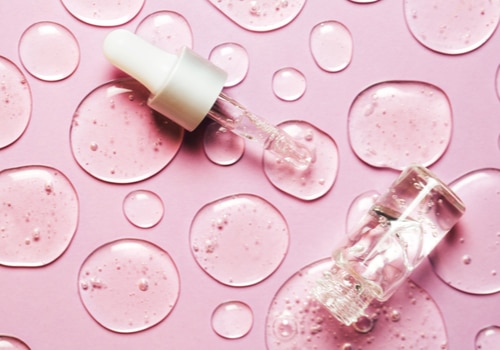

Last updated: 22 August 2022
- https://www.ncbi.nlm.nih.gov/pmc/articles/PMC3583886/
- https://www.sciencedirect.com/science/article/abs/pii/S014181301833770X
- https://www.harpersbazaar.com/beauty/skin-care/a25573129/hyaluronic-acid-for-skin-benefits-uses/
- https://www.elle.com/uk/beauty/skin/a35378/what-is-hyaluronic-acid-and-how-does-it-work/
- https://www.researchgate.net/publication/272175669_Hyaluronan_Hyaluronic_Acid_a_natural_moisturizer_for_skin_care
- https://thegoodfaceproject.com/articles/Hyaluronic_Acid_guide
- https://www.scientificamerican.com/article/why-does-skin-wrinkle-wit/#:~:text=Intrinsic%20aging%20is%20the%20natural,and%20more%20fragile%20with%20age.
- https://www.harpersbazaar.com/beauty/skin-care/a25573129/hyaluronic-acid-for-skin-benefits-uses/
- https://www.dermalogica.co.uk/what-is-hyaluronic-acid%3F/what-is-hyaluronic-acid,en_GB,pg.html
- https://www.harpersbazaar.com/beauty/skin-care/a25573129/hyaluronic-acid-for-skin-benefits-uses/
- https://www.elle.com/uk/beauty/skin/a35378/what-is-hyaluronic-acid-and-how-does-it-work/
- https://pubmed.ncbi.nlm.nih.gov/26027861/
- https://www.netdoctor.co.uk/beauty/skincare/a32739476/hyaluronic-acid/
- https://www.ncbi.nlm.nih.gov/pmc/articles/PMC3970829/
- https://www.ncbi.nlm.nih.gov/pmc/articles/PMC3583886/
- https://www.ncbi.nlm.nih.gov/pmc/articles/PMC3970829/
- https://www.netdoctor.co.uk/beauty/skincare/a32739476/hyaluronic-acid/
- https://www.ncbi.nlm.nih.gov/pmc/articles/PMC3970829/
- https://www.byrdie.com/what-is-hyaluronic-acid
- https://pubmed.ncbi.nlm.nih.gov/1966392/



